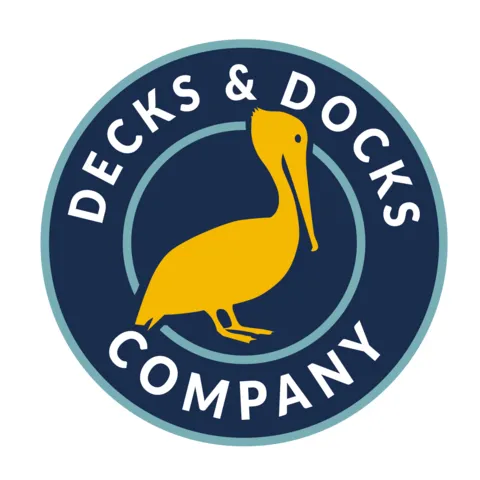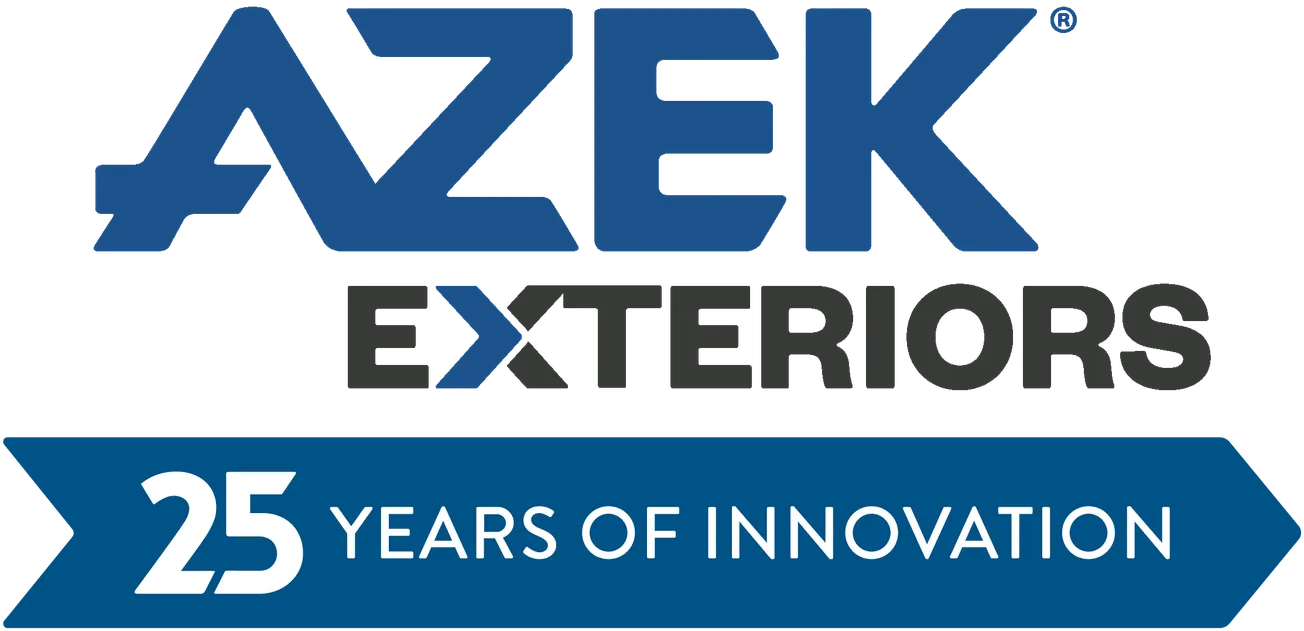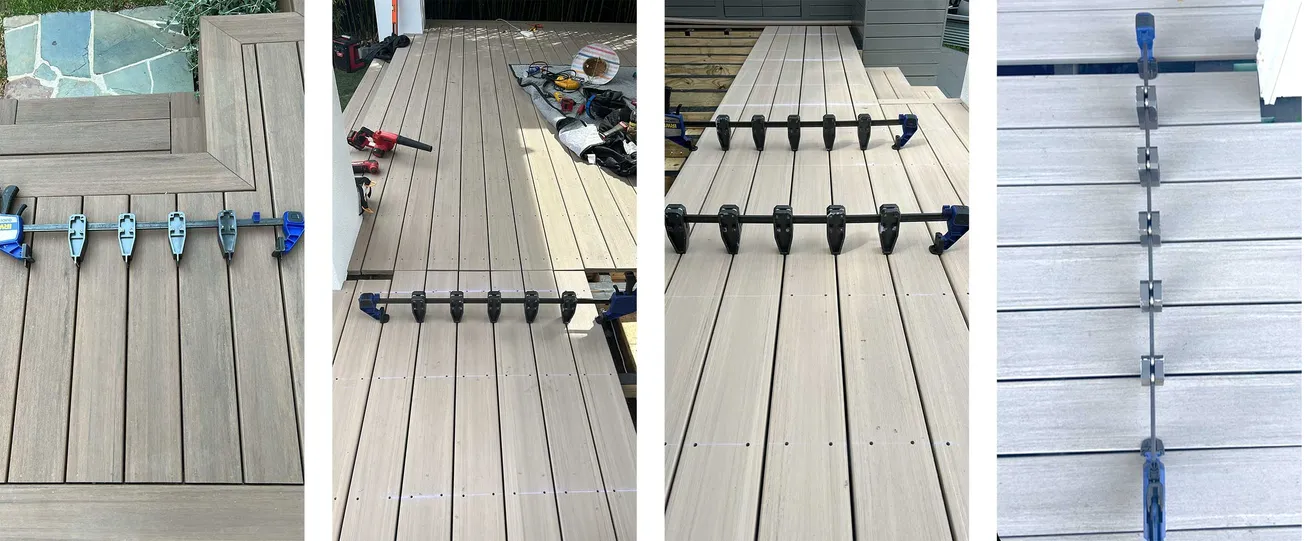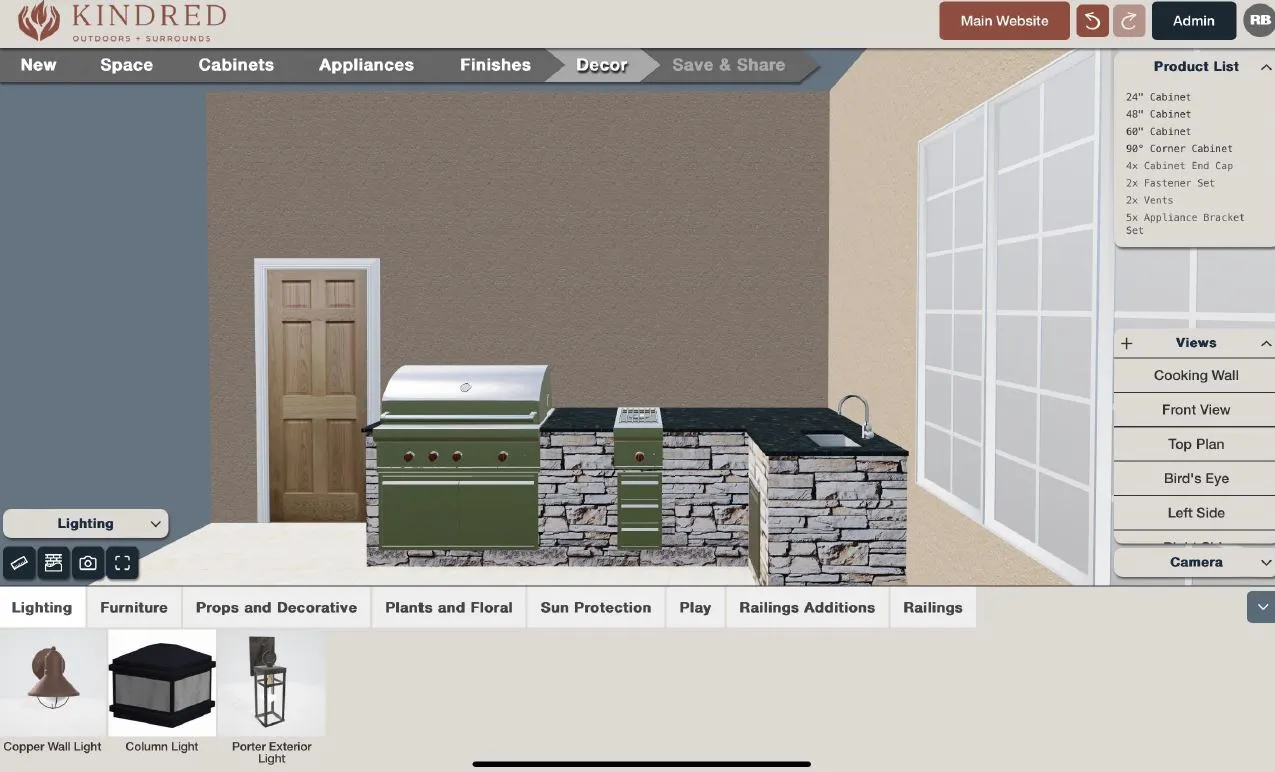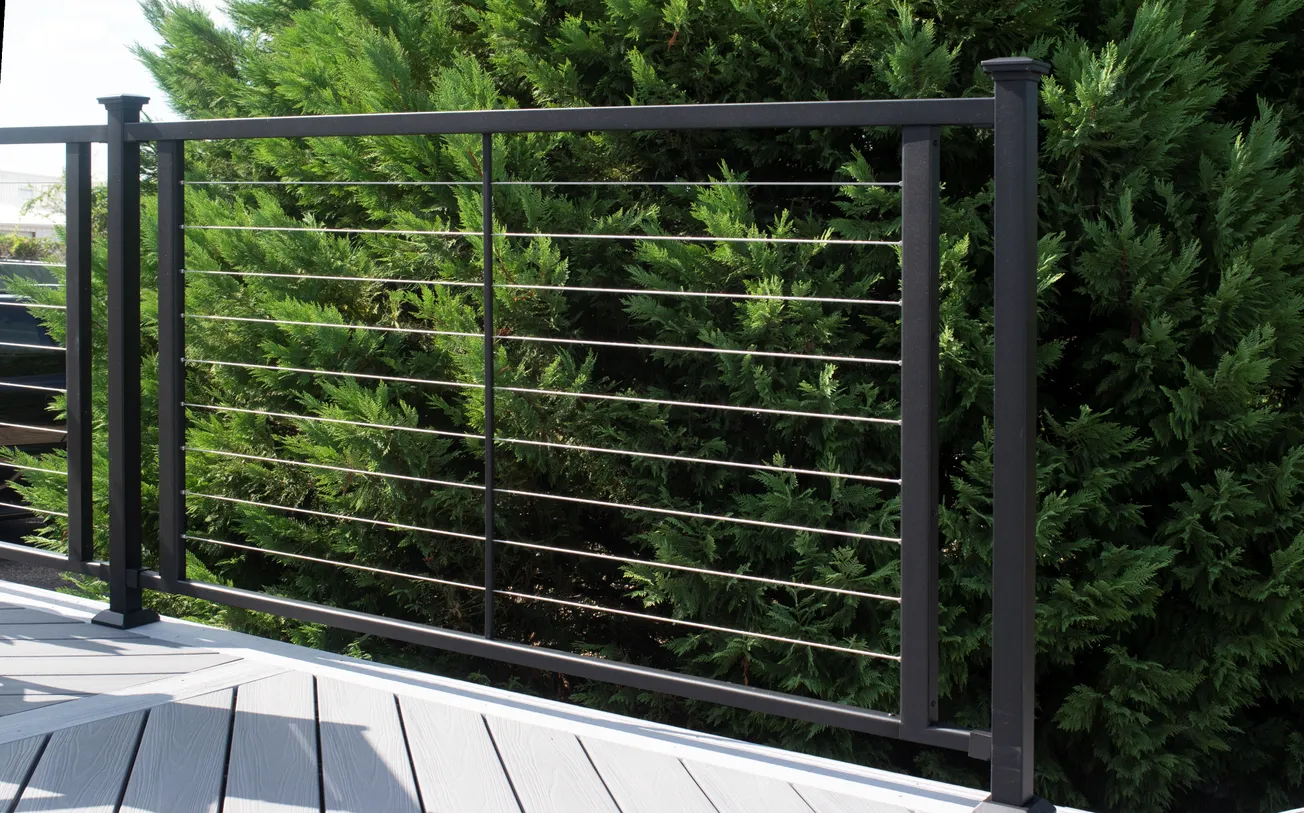Table of Contents
Last time, I discussed laying out your quoting process so it’s easy to know what to charge for your decks and how to make it easier for you. Previously, we discussed your materials and their costs. The goal thus far has been to encourage you to build essentially the same project over and over in compartments. Square foot of this, linear foot of that, number of these, etc. So, even though each deck is a little different, the building units are the same.
In your quoting and sales you are following the same methodology, so why not when you pay your labor? Square foot of this, linear foot of that, so on and so forth. But…
Typical objection #1: “I like to have W2 employees who are on the clock. They don’t rush through stuff and I like having my own guys.” Okay, yeah… I see some value in that. Employees are more dedicated in a sense as they get to punch the clock and go to work, and, in the end, you pay them per hour, but how good is that? How much time are you paying for them to be on the phone, talking, sleeping in the truck, or flat out working?
No matter how good your guys are, you will have no gauge to determine your profit per day, hour, etc. No way of knowing how much revenue that guy is producing, and what’s worse, what his true total potential is. Why? Because you are paying him in units that are not consistent with how you are billing or accepting income for your product. You charge “X” per square foot, but you pay “Y” per hour. Why not pay “X” per square foot? How can you pay a W2 guy by units you ask? Simple. Pay them by the same units you sell in.
Typical objection #2: “I can’t pay 1099 subs to build decks if they don’t supply materials, so I have to pay W2.” Okay, if that is the law, then it’s the law. Make sure it’s actually the law where you are operating first. Then, look for a way around it.
What about this: Give them a base salary that is equal to minimum wage as a draw against production. Then, pay piece work in the units I discussed. You can either supplement the base pay, or subtract the base from the production. Example: I’m paying you $7.25 per hour, but I’m giving you $1.50 PSF of deck framing, $1.50 PSF of deck flooring, $4.00 PLF of railing installed, and $10.00 per newel. Talk to your accountant about this plan before you do it to make sure it is okay for you to pay this way and that you aren’t breaking some payroll laws.
I prefer to think of it like a server in a restaurant. The wage is the wage and the piece work is a tip. Legally, servers are supposed to report their tips, so you will want to enforce that, and the total taxes are applied to the base and tips. This method will encourage your production team to crank out more volume, waste less time, and will help you manage costs better, as well as reduce the labor cost in down times.
Typical objection #3: “1099 causes problems with insurance and I have to cover them.” 1099 is better for you than W2, period. Even if you are paying their insurance, which you should not be if they are a 1099 sub. In most states, any person can form a company, and acquire WC and GL insurance. In many, they can decide what level of coverage they want to carry on themselves. If you can, put the burden of insurance on your subs. This will save you a fortune! Now that you have that done, pay your sub PSF, PLF, Each, etc., fixed costs per unit sold.
Typical objection #4: “My subs will work for others if I do things that way, and W2 prevents that.” No, it doesn’t. W2 creates a false sense of security. 1099 subs who pay their own insurance will work only for you if you do three things: keep them busy, pay them fast, and make them agree that if you do the first two, they will only work for you.
Finally, you also need to make them agree that your jobs are your jobs, and the neighbors that see them on your jobs are your prospects, and building decks for anyone else while they are your guys will make them not be your guys any longer.
Typical objection #5: “I’m just training my competition if I don’t have employees.” Perhaps, but again, keep them busy, pay them fast, and have strong agreements. Of course there will be some slip, but it’s a lot easier to fire a sub than to fire a W2 employee.
When it comes to ordering, quoting, selling, planning and installing decks, you must have a format that is consistent in units throughout the entire process. Anything else will just cost you money.



